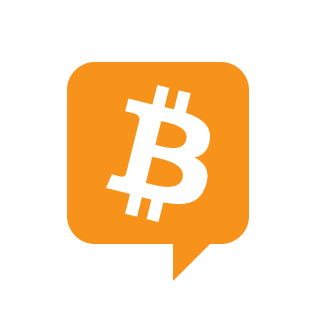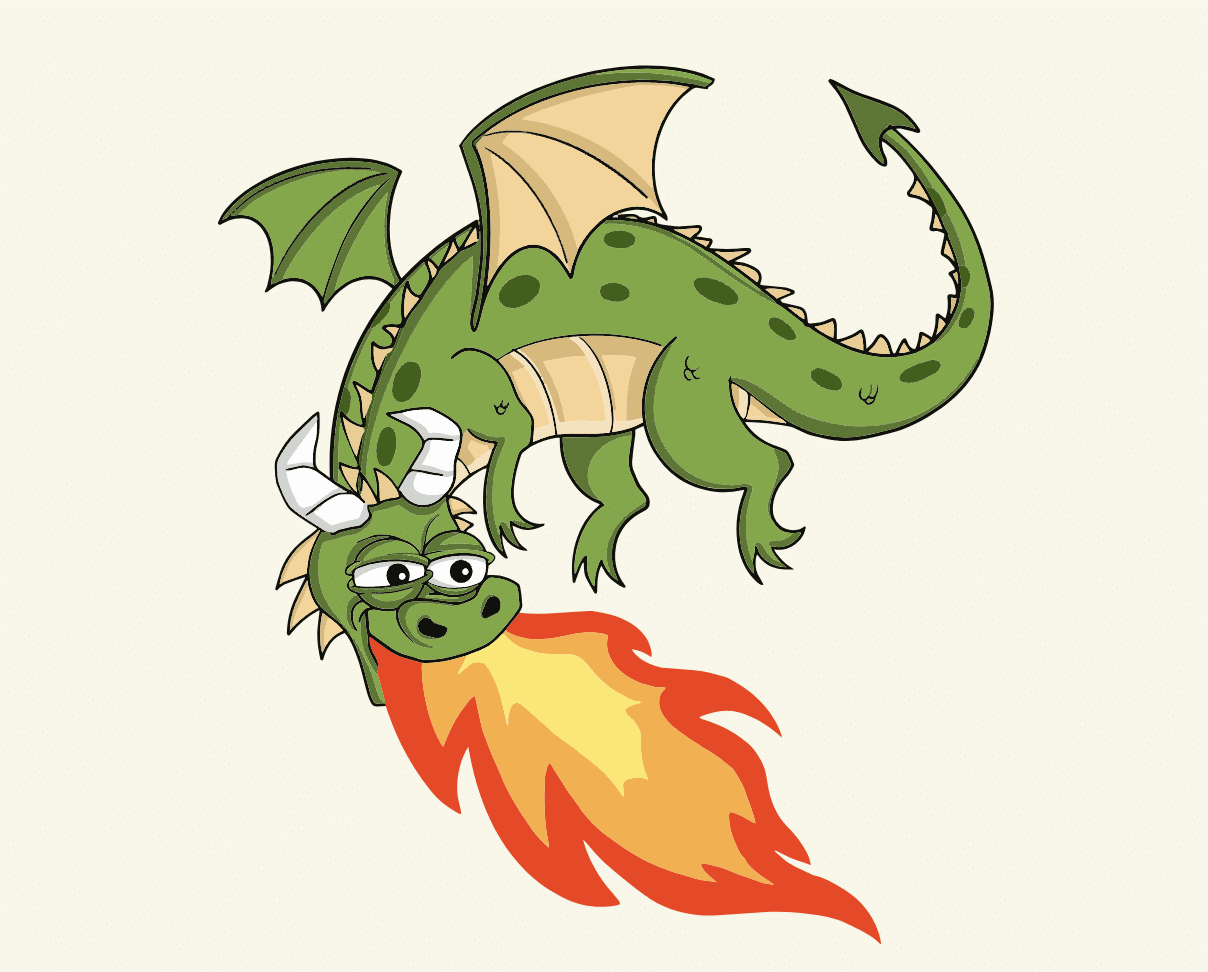Mining Theory – Where does the compensation for miners come from?

Each block must contain a Coinbase transaction. A Coinbase transaction must be the first transaction in a block and pays the block reward to the block creator. It is also special in that it does not use UTXOs for inputs and only Coinbase transactions can have a greater total value for outputs than inputs.
Miners’ rewards consist of two sources: Each block mints a limited amount of new Bitcoin and collects transaction fees for the transactions included in it.
that much block grant It starts at ₿50 per block and is halved every 210,000 blocks. We’re between third and fourth worse. Currently, each block mints ₿6.25 new bitcoins. that much block grant It serves as the initial distribution mechanism for every Bitcoin and as an incentive for miners to secure the Bitcoin network while bootstrapping.
The second part of the block reward comes from transaction fees. Bitcoin blocks are limited to 4,000,000 weight units (WU), so users bid for available block space by providing transaction fees. Most nodes only relay transactions that pay at least 0.25 satoshi/wu. This means that a full block must collect at least 40mBTC in transaction fees. However, if many transactions are competing to be included in a block, transaction fees can be much higher than this. For example, in the first half of 2021, the unconfirmed transaction queue was not completely emptied, and several blocks had transaction fees above ₿3.
As the block subsidy continues to be halved, transaction fees will take up an increasingly larger amount of the total block rewards, unless people stop trading Bitcoin.


